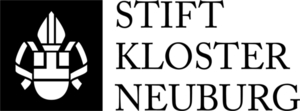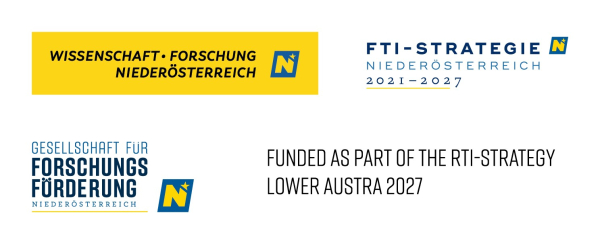Investigating book illustrations with machine learning.
Background and Project Content
The spotlight of the current project is on the Klosterneuburg Abbey, which has been a religious and cultural centre for more than 900 years. The investigations specifically focus on the tenure of Provost Stephan von Sierndorf (first half of the 14th century), who commissioned high-quality works of art such as panel painting, stained glass, goldsmith's art and book illuminations. The basic questions of the current project are whether the endeavours of this creative heyday also became manifest in the decorations (i.e., fleuronnée) of the manuscripts created, whether it possible to ascertain where the influences for this came from (the centres of manuscript production in this period were in Paris and Bologna) and – on the basis of that – to uncover connections between different medieval monasteries. Fleuronnée is a type of book illustration consisting of linear ornaments, stylized leaf and flower shapes, and naturalistic, figurative or geometric motifs. Painting is mainly done with a pen and the main colors used are red and blue, purple, green and gold. Due to the large number of manuscripts and the fleuronnée the books contain, a classical approach of analysis using stylecritical/art-historical methods would be a cumbersome task. For this reason, we switch to methods of artificial intelligence for the art historical reappraisal.
Goals
It can be assumed that book acquisition and book production in the library of the Klosterneuburg Abbey was carried out in a targeted and planned manner and linked to the cultural activities of the time. In this project, we focus on examining the elaborate ornamentations (i.e., fleuronnée) in the books. We intend to find out whether text and ornamentation are related, whether significant trends in the use of ornamentation can be revealed, how these processes were organised and whether it is possible to trace connections to other monasteries and their libraries. We use computer vision and artificial intelligence to find fleuronnée in the entire corpus and classify them stylistically along the dimensions of time, origin and the originator ("florator"). We apply similarity modelling with the goal of identifying style-defining connections between purchased and self-created manuscripts.
Methods
For a deeper understanding of book production and library culture, a historical contextualization of book art and organisation of knowledge is crucial. This includes investigations of persons who were patrons, readers, scribes, illustrators, producers of books, and other persons who were concerned with building book collections. Sources include account books, prosopographical data, deeds, entries in books or correspondence in the monastic field.
The conception of algorithms for the tasks at hand involves detection, segmentation and style-based similarity estimation as exploratory prototyping. So far, no machine learning methods for style-based classification of mediaeval penwork are available. To avoid a time-consuming cold start, we test several visual recognition, classification and author identification tasks on human-made sketches for their suitability. The selected methods are modified iteratively with the aim to finally arrive at a viable solution.
Results
The period of Stephan von Sierndorf's reign at the beginning of the 14th century in Klosterneuburg sparked enormous artistic creativity in many different areas (panel painting, goldsmith's art, stained glass, high-ranking book illumination, architecture). The effect of these initiatives on the organisation of knowledge and book production has not yet been systematically studied. By using new machine learning methods, a comprehensive investigation of the penwork decorations contained in written material is now possible. These tools enable us to explore organisation and transfer of knowledge and gain a deeper understanding of how our knowledge society was formed. The project outcomes not only give answers to questions arising in the context of the specific time period and the location investigated here, but also provide methods that can be applied to other collections of medieval manuscripts.
Funding
- Stift Klosterneuburg


